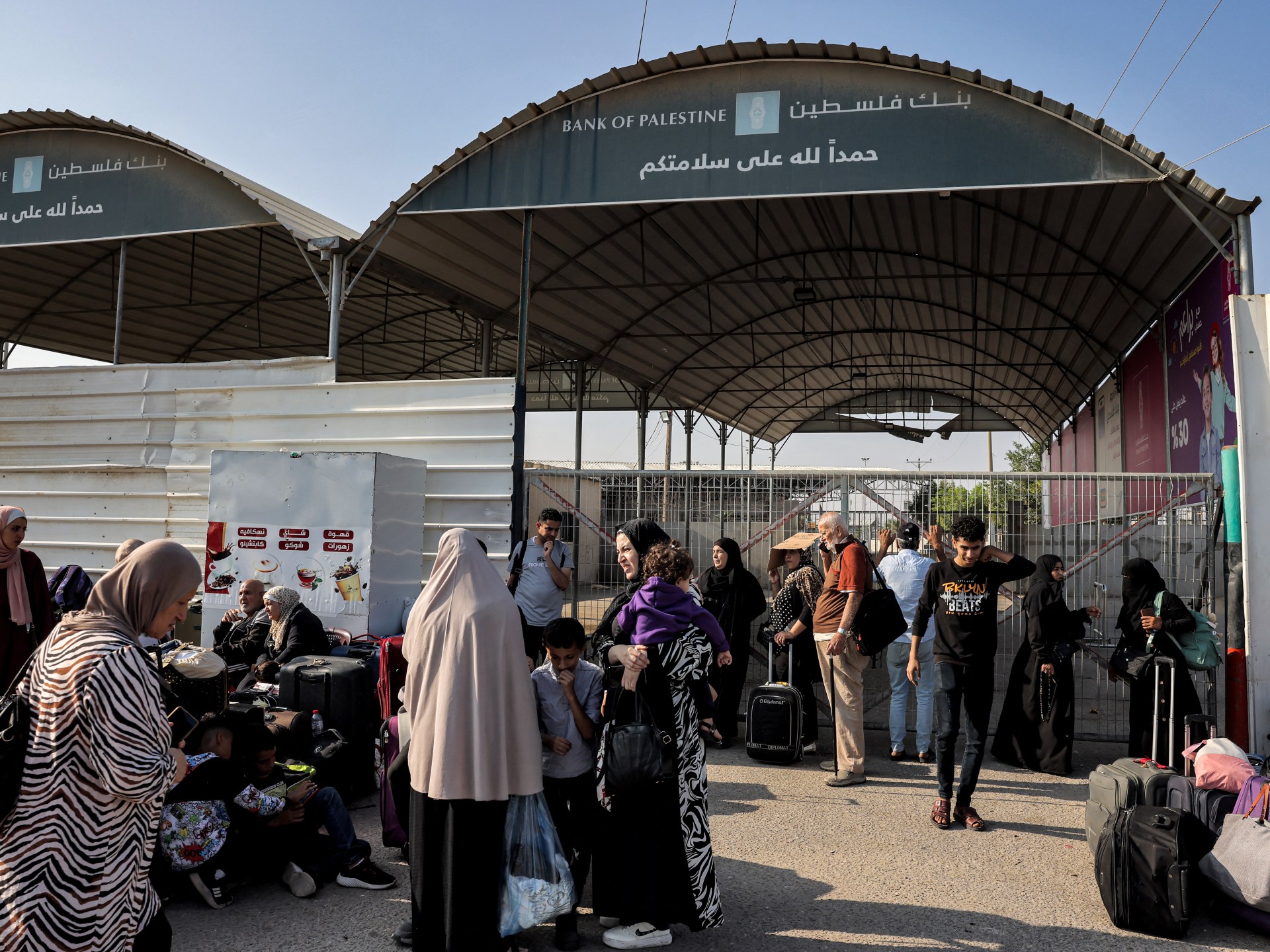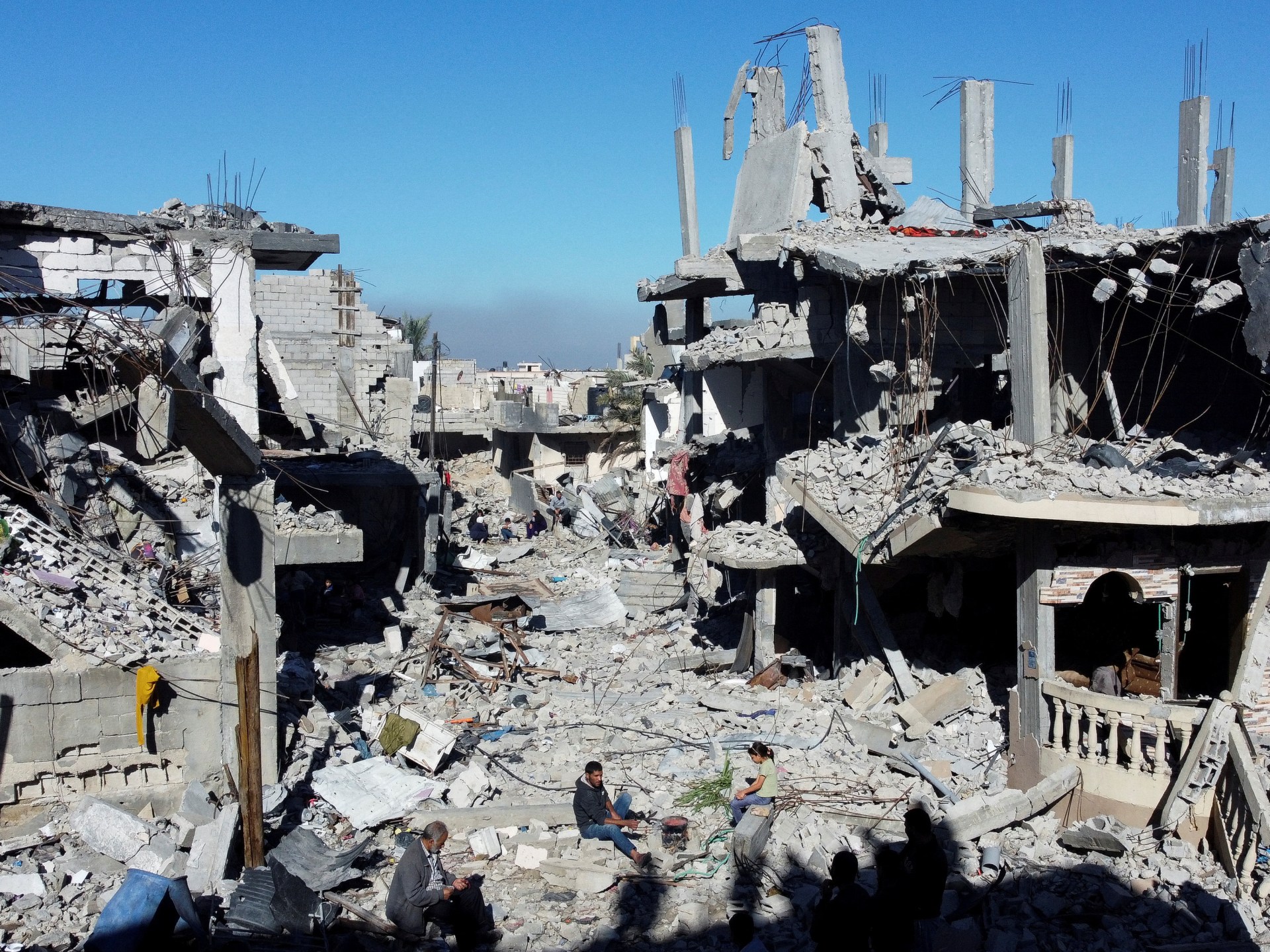
The Israeli army’s response to the October 7 Hamas attacks has so far gone through four different phases.
The first, which began a few hours after the invasion of Israel, consisted mainly of air strikes in revenge and preparation for the next steps. In the second phase, infantry and artillery entered the northern areas of the Gaza Strip from three directions and advanced toward Gaza City, cutting it off from the rest of the Palestinian territory.
In the third phase, the Israeli army completed the encirclement on the outskirts of the city and made some limited advances and reconnaissance towards the center. In the current fourth phase, Israeli soldiers are slowly advancing towards the center of Gaza City and are engaged in real urban fighting.
After completing the blockade of the largest city in the north, Israel repeated the same gradual approach in the center and fought there Khan Younis is now also in phase four.
So far, fighting has been limited to conventional ground combat, with both sides acting as analysts expected. The Danger of tunnel war has not yet occurred.
To confirm my previous assessments of the fighting, especially as I observe it from a distance, I spoke with a retired U.S. general with whom I spent time on the ground during intense urban fighting in Fallujah, Iraq, in 2004. He shared my view of the dangers and difficulties of a comprehensive MOUT, the US acronym for “military operations in urban terrain,” that Israel is conducting.
He made two very interesting observations about victims.
First, the learning curve for attackers is, as expected, very steep. No amount of training can prepare soldiers for the real-world conditions of fighting in narrow streets, being attacked from all sides, including from above, and also having to deal with tunnels.
The general pointed out that “the most efficient weapon in urban warfare is experience,” explaining that each gun is designed for a specific imaginary and ideal situation that never exists on the ground. “During training, a soldier learns what a hand grenade is supposed to do, for example, and what its lethal range is. But until he’s thrown a few from one room to another, he can’t imagine the force of the explosion or the distance the shrapnel will travel as they ricochet off concrete walls.” Unless every fighter and every deployed unit has this crucial As they gain experience, they will suffer higher losses.
The Death of nine Israeli soldiers A single incident in Shujayea on December 12 is a prime example of the general’s warning. Two officers and two soldiers from the Golani Brigade, one of the Israeli army’s most experienced units, were ambushed by Qassam Brigade fighters as they entered a building. An improvised explosive device (IED) blocked their escape route and Hamas fighters dispatched them with hand grenades and machine gun fire. When a second Israeli team tried to rescue their comrades, they also detonated IEDs and were then killed by crossfire from the building they were in and from the higher floors of the building next door.
The American general’s second dire warning concerns the numbers. While attackers in modern warfare can expect three to five wounded per soldier killed, in MOUT the ratio is likely twice as high.
The extreme dangers of urban combat affect more than just soldiers. Civilians caught in urban warfare areas are also being killed – some by bombs from the air, others by soldiers on the ground.
The Israeli Air Force didn’t think much about saving civilian lives when it bombed Gaza; Most of the Palestinians killed, now more than 20,000, fell victim to air strikes.
Israel admitted that 50 percent of the bombs used were “stupid.” They can only be targeted by leveling the aircraft before release and can deviate 50 to 100 meters (164 to 328 feet) from their aiming point. It might be acceptable for Israel to kill Palestinian civilians through inaccurate bombing, but not Israeli soldiers.
But Israel has already killed one in eight of its combat casualties through inaccurate bombing. On December 12, the military command admitted that of the 105 soldiers killed so far – currently 137 – 20 were killed in friendly fire and other incidents in which Israeli soldiers killed each other. Of these 20 soldiers, 13 died from Israeli Air Force bombs, either through false identification and location of troops or from bombs that fell far from the target point.
The majority of these bombing casualties occurred in the earlier stages of the war, when the distances between troops and enemies were still considerable. But in urban combat, opponents are often 10 or 20 meters (33-66 feet) away, so the only acceptable way to support them is to use precision-guided smart bombs.
Israel’s current pace of advance appears to be slow. Such a modest movement speed could be deliberate to minimize casualties. However, if there is an easing of the bombing of the centers of Gaza City and Khan Younis in the coming days, it could be the first sign that the Israeli Air Force is running out of smart bombs.
Another incident also highlighted the extreme dangers of urban warfare: on December 15, Israeli soldiers killed three Israeli prisoners who had managed to escape and were trying to get to the unit that had machine-gunned them.
Israel was shocked because, exceptionally, the civilians were Israeli civilians and not Palestinians, who are regularly killed by armed Israeli soldiers and police. But how could soldiers shoot people who were so un-soldierlike? Shirtless to show they had no weapons; in civilian trousers; Carrying a makeshift white flag, a symbol of surrender and peace; and speak in Hebrew?
Under pressure from its stunned citizens, the Israeli military will certainly investigate all the circumstances in detail, but some things are clear.
Even in the heat of battle, killing civilians, especially those who show an intent to surrender, can indicate several undesirable problems affecting an army’s operational performance. These include a lack of adequate training to distinguish between combatants and non-combatants; blatant disregard for the life of the perceived enemy, showing intent to surrender; and extreme combat stress without psychological support for war-weary soldiers.
Other possible factors include the high command’s disregard for battlefield conditions and failure to discharge units that may have been engaged in heavy fighting, particularly if the unit has suffered casualties; and failure of the chain of command or the appointment of commanders whose character is incapable of following orders and making decisions.
Aside from Hamas, the Israeli military is clearly struggling with problems within its ranks. At the same time, it appears uncertain how much it can count on the support of its prime minister. There are signs that many senior officers distrust Benjamin Netanyahu and would rather have someone in his place who would show more respect for the military than for his own political goals.
They won’t admit it, but another ceasefire could be the breathing space the Israeli military needs.






Recent Comments